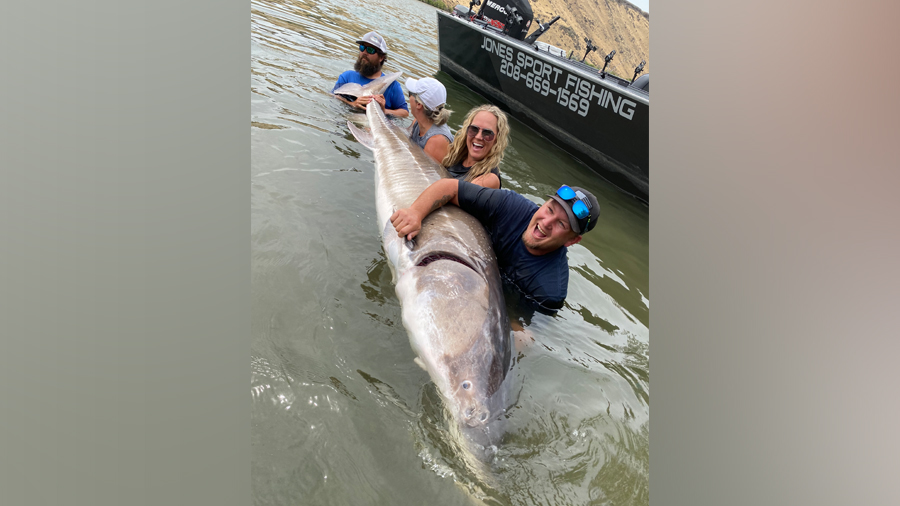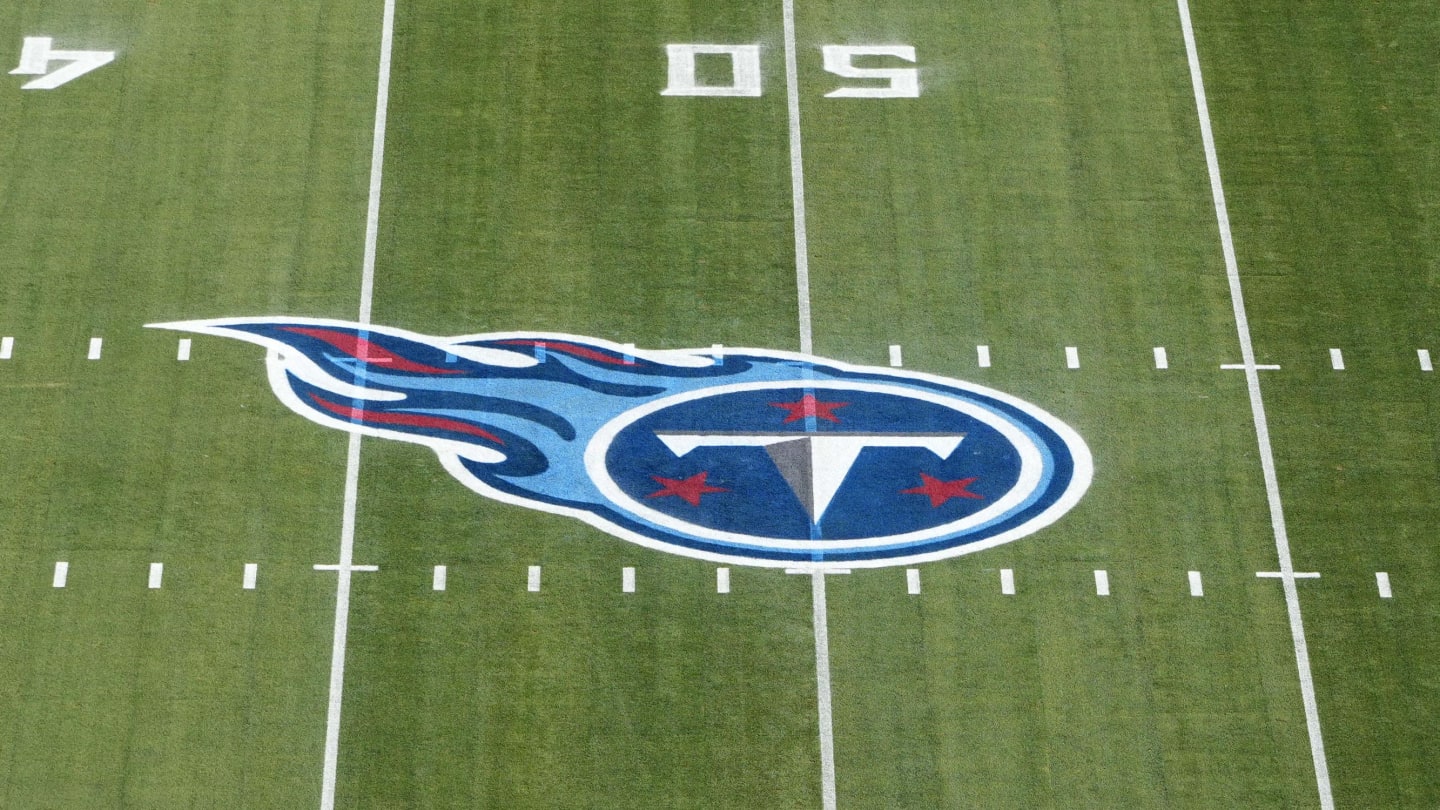A toilet flushes. Then, Utah Auditor John Dougall steps out of a stall.
“Are you the bathroom monitor?” Dougall asks viewers of a video posted to his campaign account on X evening. “I actually thought the Legislature assigned me to be the bathroom monitor.”
The one-minute clip released on Monday — the first day of lawmakers coming together for interim meetings since this year’s session ended — is the latest in a feud that’s erupted between the auditor and Republican lawmakers since a transgender bathroom ban took effect earlier this month.
“We have a piece of legislation that the sponsor doesn’t seem to actually understand,” Dougall says in the video, his voice echoing in the small space. “She implied that I didn’t care about women’s safety in bathrooms — nothing could be further from the truth. And if this bill were actually about making girls safer, don’t we think that the Legislature could actually spend some money retrofitting bathrooms and providing greater privacy and further safety?”
Dougall continues, “Instead, it looks like this piece of the bill was really more about show than substance. But it wouldn’t be the first time the Legislature did something like that, would it?”
Morgan Republican Rep. Kera Birkeland’s “Sex-based Designations for Privacy, Anti-bullying and Women’s Opportunities,” or HB257, changes the legal definitions of “female” and “male” to categorize Utahns by the reproductive organs of their birth, and restricts which bathrooms and locker rooms trans people can use in government-owned buildings.
It requires new construction of state buildings to include single-occupancy “privacy spaces,” such as bathrooms or showers, and asks that existing buildings “consider the feasibility” of adding them.
The bill did not appropriate any funding toward building such spaces. A fiscal note did, however, note that a separate mandate that Dougall’s office “establish a process to receive and investigate alleged violations of this chapter by a government entity” would likely cost $20,000.
Within the first few days of the required reporting form going live, Dougall told The Salt Lake Tribune that his office had received thousands of hoax complaints. He released a statement on the state auditor’s website last week labeling the Legislature “invasive and overly aggressive.”
Birkeland has responded with reprovals of her own.
“The joke is on these activists,” Birkeland wrote on Thursday on X. “While they waste their time, Utah will continue to protect girls and women. And I look forward to working with our next state auditor, because I know that he will take the role of protecting women seriously.”
Dougall is not running to be reelected state auditor, but instead competing to replace Rep. John Curtis in Utah’s 3rd Congressional District.






























